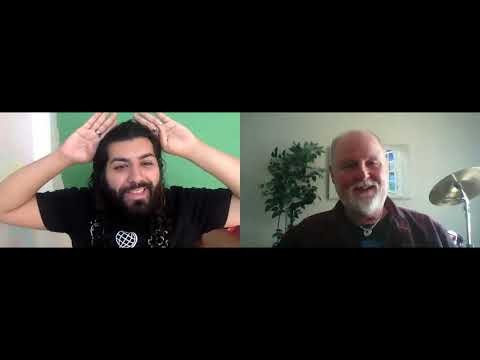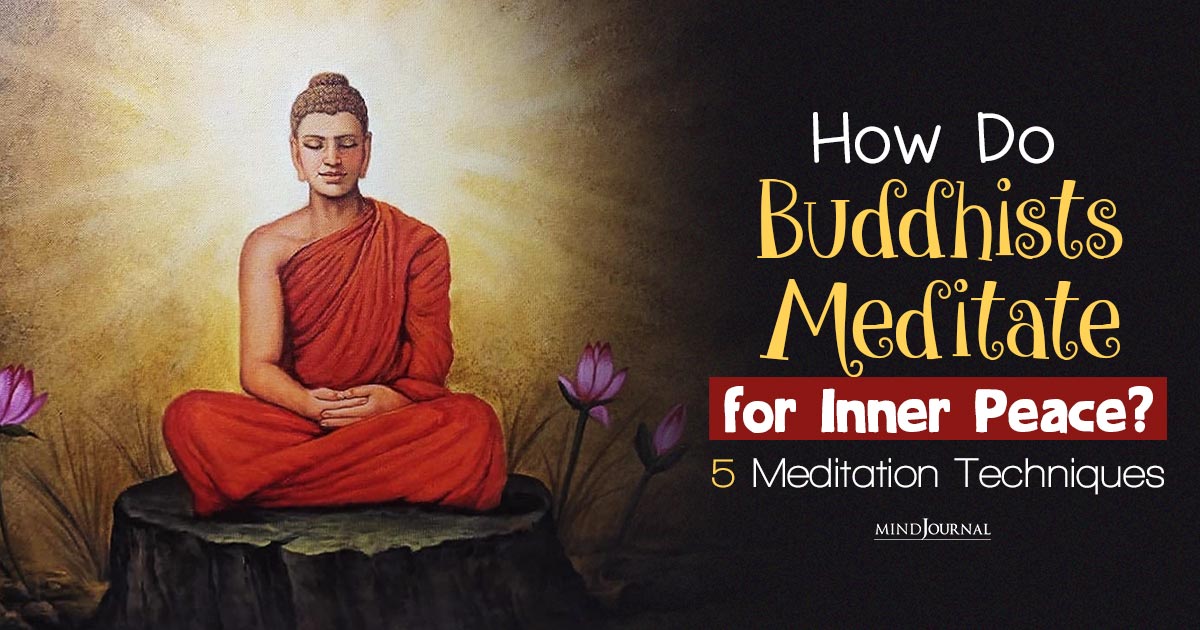You might not use the word “ritual” every day, but it’s likely that you participate in rituals on a regular basis.
Weddings, church services, graduations—each is a common occurrence that follows a ritualistic format, imbuing the event with meaning.
For a wedding, the ritual begins when the wedding party enters. What once was ordinary now becomes sacred space as those who are about to make lifelong vows arrive at the altar, a word that literally means “high place.” The high point of the wedding ceremony—the apex of the ritual—occurs when the vows are exchanged, and each element of the ceremony builds up to that point. Then, once the pronouncement is made, the couple proceeds down the aisle and transition from Sacred Space to everyday life once more. This time, however, something is different—the couple, who entered as two, have been transformed into One.
This transformation occurs in church services and graduations as well. For graduations, the transformation is obvious—the students, having completed their degree requirements, exit the graduation ceremony as graduates. Church services, too, are structured around ritual and transformation, commonly beginning with an opening song or prayer and reaching their high point at the Eucharist for more liturgical traditions or the sermon for more evangelical ones. Then, having heard the message and partaken in the bread and wine, participants are invited to bring what they have experienced out into the world.
Like pilgrimage, each of these events is divided into three distinct stages—a beginning, middle, and end. In the language of pilgrimage, modeled after Joseph Campbell’s hero’s journey and taken from Phil Cousineau’s book, The Art of Pilgrimage, we would call these three stages departure, arrival, and return or more specifically longing, quest, and integration. At the stage of departure/longing, the intention is set and the threshold is crossed. During the stage of arrival/quest, the journey unfolds until the pilgrim finally experiences Sacred Encounter. With the return/integration stage, the pilgrim is transformed, crossing the threshold once more with the task to now integrate their experience into everyday life.
Rituals, however, don’t have to be grand journeys or extravagant ceremonies. They can serve as mini-markers in our everyday journeys and centering tools on our trips abroad as we seek to connect our inner world with our outer world. Author Sue Monk Kidd defines ritual as “enact[ing] externally what we [are] trying to do internally,” and when we add a little intention by ritualizing even the most mundane aspects of everyday life, new connections can be made and new meaning can be found. In the same way, when we’ve experienced something significant that we don’t want to ignore, rituals can help us mark the moment, emphasizing the holiness of all that has occurred.
Pilgrimage is, at heart, a ritual. Sometimes we journey in order to find meaning; at other times, we travel because we know something significant needs to be recognized—even if we’re not quite sure what that something is yet. Both types of rituals provide a departure from the ordinary through their invitation to pause; both include elements of Sacred Encounter, whether by naming or in search; both cultivate transformation and encourage integration in the final stage of return. It’s not so different from a prayer really, with the opening statements, the communion with the Divine, and the closing phrase that seals it all as you return to everyday life having tasted the holy. This, in a way, means that all ritual is prayer, and it is these prayers that foster sacred moments and carry us forward on our journeys.
One of my favorite daily rituals that guides me on my journey is my morning ritual—a way to open my morning with Sacred Encounter and establish a foundation for the day ahead. When I begin to treat daily tasks such as washing the dishes or doing laundry as a ritual, too, my perspective is transformed. When I travel, an intentional pause before entering a sacred site reminds me of why I’m there and what it is I seek. I particularly like the Celtic practice of “walking the rounds”—circling a site a particular number of times, allowing me to fully arrive before I enter. And, of course, the labyrinth is an invitation to both mark moments and enact meaning—a physical mirroring of the journey within as we walk the path on our journey toward God.
Whether you’re at home or traveling abroad, you can mark moments and enact meaning through the practice of ritualization with three easy steps:
1. invocation
This is the beginning of your ritual, the initiation of your journey, and the opening of your sacred space. How will you set your intention? How will you invite both God and your True Self to join? This could be saying a prayer, reading a poem, or even performing a physical gesture such as lighting a candle, taking a deep breath in and out, or ringing a bell.
2. encounter
This is the main section of your ritual and the purpose of your quest. For the pilgrim and the seeker, the quest is always one of Sacred Encounter—a communion of True Self and the Divine. In your everyday life, this time of encounter might be a walk outdoors, reading a passage that re-orients you to your quest, or even simply spending time in silence. For the pilgrim abroad this will undoubtedly include the exploration of sacred sites, but should include small, ordinary moments as well. It’s important to remember, however, that this is not a phase of forcing outcomes, but rather holding space for whatever might arise.
3. benediction
The benediction is both blessing and sending, acknowledging all that occurred, all that remains, and solidifying your commitment to carry what you have experienced into everyday life. Oftentimes the benediction will mirror the invocation, an indicator of the crossing of the threshold once more as you re-enter the ordinary world in some way transformed.
Like this post?
Sign up below to receive updates on offerings, products, and free resources so you don’t miss a thing! You’ll also receive an instant download of the Principles Rule of Life, including seven guideposts and practices for living and traveling like a pilgrim.







